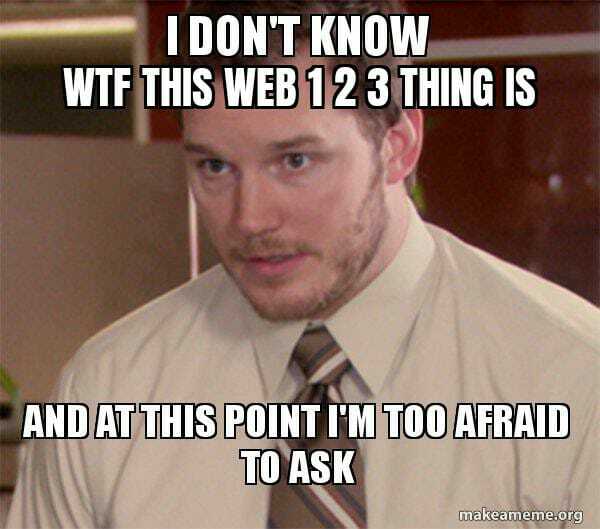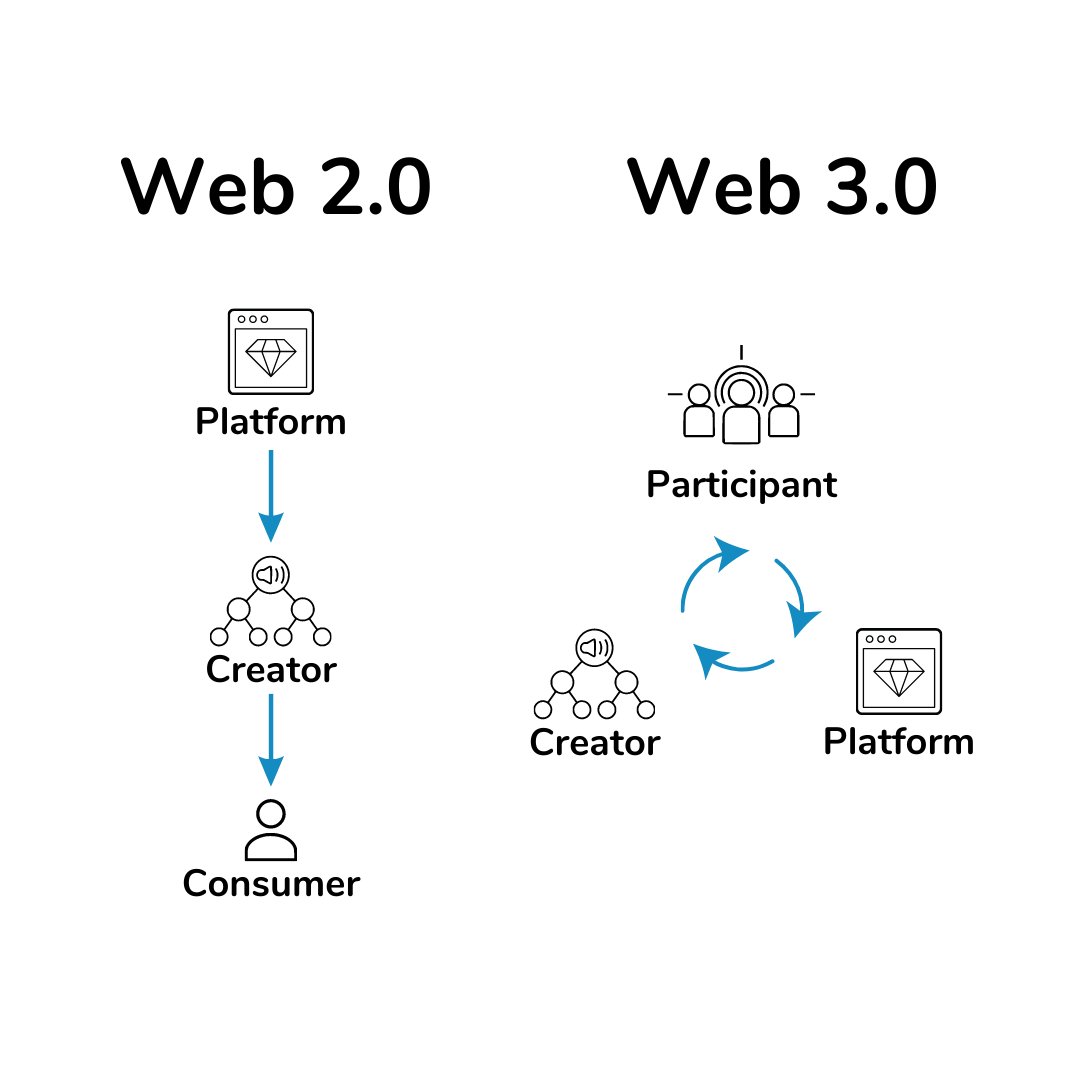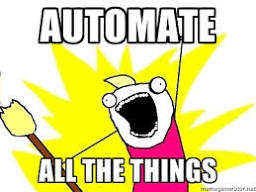- Published on
Empowering Web3 with Automated Testing
- Authors
- Name
- Meek Karan
- @meekkaran_
Introduction

Hey there! While I may not be a Web3 expert, I'm a passionate learner navigating the dynamic realms of digital innovation.
Whether it's Web2 or Web3, TESTING and AUTOMATION plays a crucial role in ensuring smooth and secure operations. So, as someone entrenched in the Web2 landscape, let's embark on this journey, embracing the chaos and learning together!
Despite the inherent security features of Web3, ensuring the reliability and robustness of decentralized applications remains paramount.
Let's explore why automated testing is crucial for maintaining the integrity of Web3 ecosystems.
I got invited to speak at a conference Code Africa Conference 2024! a few days ago, and the first question the moderator asked me was, "How can you explain web3 to me, and what's the difference between web3 and web2" and this is how I could simply explain to anyone:

Imagine the internet is like a big playground where everyone plays and shares stuff.
Web2 is like the first version of this playground. It's where things like social media, online shopping, and websites we visit every day live.
Now, Web3 is like the cooler, upgraded version of this playground. It's about making the playground fairer and more exciting. One big thing that makes Web3 different is that it uses something called blockchain. Think of blockchain as a special type of notebook that keeps a record of everything that happens on the playground. This notebook is super secure and nobody can change what's written in it once it's there.In Web3, we're not just playing games or sharing pictures anymore. We're also doing important things like buying and selling stuff directly from each other without needing big companies in the middle. Plus, we're building cool things called decentralized apps or dApps. These are like games or apps you can use, but they don't belong to any single person or company. They're owned and run by everyone who uses them, kind of like how everyone shares toys in a playground.
So, in simple words, Web3 is like a new and improved version of the internet where things are more fair, secure, and exciting because we're all working together in a smart and safe way. It's like upgrading from a regular playground to a super playground with cool new games and toys for everyone to enjoy!

Components of web3
1. Blockchain technology
Records all transactions on web3. Keeps everything transparent and trustworthy .
2. Decentralized apps
they're owned and operated by everyone who uses them, making them more fair and resistant to censorship.
3. Smart contracts
if you win a game on a dApp, the smart contract can automatically send you your prize without needing a middleman to confirm it.
4. Cryptocurrencies
Instead of using traditional money like dollars or euros, people use cryptocurrencies like Bitcoin or Ethereum to buy and sell things in Web3.
Since all the components seem secure, does that mean that web3 is undisputed???
Let’s find out…

Challenges in web3
1. Smart Contract vulnerabilities
Contracts’ agreement are directly written into code… coding errors or vulnerabilities in smart contracts can lead to security breaches.
2. Decentralized Infrastructure Risks
attacks e.g. 51% attacks, where a single entity gains control of the majority of the network's computing power, potentially compromising its security and integrity.
3. Interoperability challenges
Interoperability is the ability of different blockchain networks and protocols to communicate/interact with each other Issues with interoperability can lead to fragmentation and siloed ecosystems, hindering the seamless flow of data and assets across different platforms.
4. Scalability and Performance
As the adoption of Web3 apps grows, scalability becomes an issue. Ethereum has faced congestion and high transaction fees during periods of high demand
5. Regulatory Uncertainity
The regulatory landscape around Web3 tech is still evolving. Different jurisdictions == varying regulations on cryptocurrencies, token sales etc. Navigating these regulatory challenges while ensuring compliance and security is complex
With these vulnerabilities in Web3, implementing robust testing and automation becomes crucial for fortifying the security and reliability of decentralized applications.
Testing Web3 applications ensures they work correctly, securely, and reliably in the decentralized internet playground.
Testing in web3
Types of tests to take to ensure quality of dApps
- Unit tests - test individual components
- Integration tests – interaction between different components
- End to end tests -
- Security audits - a comprehensive review of a Web3 application's codebase, architecture, and infrastructure to identify and mitigate potential security vulnerabilities and weaknesses.
Given the critical importance of testing in ensuring the integrity of Web3 applications, automation becomes indispensable for streamlining processes, enhancing efficiency, and mitigating risks.
Automation in web3

why should we automate our spaces?
1.Efficiency and speed
Automation reduces testing time compared to manual testing methods. Automation tools can execute tests quickly and repeatedly, allowing developers to identify and fix issues more efficiently.
2. Consistency and Reliability
Manual testing is prone to human error and inconsistency This consistency helps ensure that Web3 applications behave predictably across different environments and conditions.
3.Scalability
Automation tools enable developers to scale their testing efforts to meet the demands of larger and more complex projects. With automation, developers can test a wider range of scenarios and edge cases without the need for additional manual effort.
4.Continuous Integration and Continuous Development (CI/CD)
This is where changes to code are automatically tested and deployed to production environments
This ensures that updates to smart contracts, decentralized networks, or user interfaces are thoroughly tested before being deployed, reducing the risk of introducing bugs or vulnerabilities into the production environment.
5.Regression Testing
Retesting previously validated functionalities to ensure that recent changes have not introduced new bugs or regressions Allowing developers to quickly verify the integrity of existing features while focusing their attention on implementing new functionalities..
6.Complex Scenario Testing
Automation tools can simulate these interactions and test complex scenarios more effectively than manual methods, helping developers identify and address potential issues early in the development process.
Conclusion
Decentralization spreads data across several places, which makes it more resilient against attacks and breaches. Cryptography keeps transactions and data safe, while records that no one can change boost transparency and trust. All these parts work together to create a strong foundation for Web3 cybersecurity, offering new ways to secure digital interactions.
Yet, diving into Web3 comes with its own set of challenges.
Issues like security vulnerabilities in smart contracts, phishing attacks, and other security threats are real concerns that need careful attention.
Happy Testing! Happy Automation :) :)